Certify your property as a Louisiana Certified Habitat! Every property, from the smallest city garden to rural acreage, is eligible to apply. 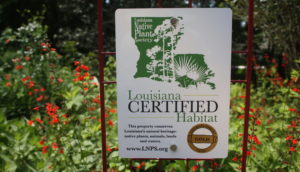
The Louisiana Native Plant Society invites Louisiana residents, businesses, schools, and public institutions to certify their outdoor spaces as certified habitats through the Louisiana Certified Habitat Program (LCH). We know that native plants are the foundation of a healthy and resilient ecosystem. This program encourages property owners to increase and protect the ecological value and natural heritage of their land by recognizing their efforts to utilize native plant species and to enact best habitat gardening practices. Habitat Certification Levels are determined by the amount of native plant species or percentage of native plant species on a property. State-wide, over 140 properties have certified to date, almost 50 in the NOLA area, many electing to appear on the MAP where certifications are being recorded. The levels include bronze, 25 native species or 25% native plants; silver 50 native species or 50% native plants; gold 75 native species or 75% native plants. Certification includes a 9 x 12 inch metal yard sign citing the habitat level. Levels can be upgraded for free at any time. 
The Native Plant Initiative of Greater New Orleans (NPI) certifies the Southeast region of Louisiana. Parishes include: Ascension, Assumption, Jefferson, Lafourche, New Orleans, Plaquemines, St. Bernard, St. Charles, St. Helena, St. James, St. John the Baptist, St. Tammany, Terrebonne, Washington. There is no minimum acreage requirement. All properties are eligible for certification.
How to apply
- Visit LNPS' website to retrieve instructions/application for your area
- Cost is $35.00 for NPI members, 45.00 for non-members
- Fill out an online application a plant checklist is provided
- Upload the native plant checklist and photos of property in online application and submit payment
- OR mail a printed copy of a paper application and native plant checklist as instructed
Payment is due at time of application. When the application and payment are received, a representative from NPI will contact you about the certification process and may request a site visit. A refund will be issued if certification is not granted. Please email npi.gno2019@gmail.com if cost is an issue.
Helpful Links: Native Plant Checklist | Guide to ALL Plants of Louisiana (not all native) | Tier 1 Invasive Species|Full Brochure

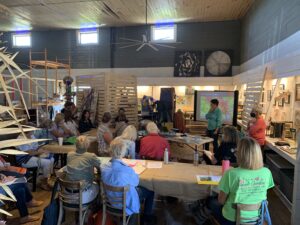
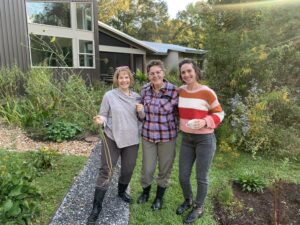
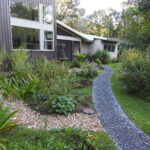
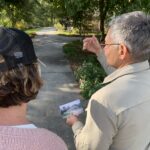

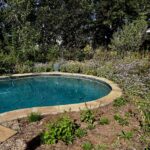
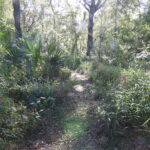
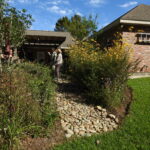
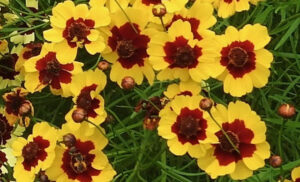
 Coreopsis tinctoria, also known as Plains Coreopsis, is an annual species, lasting only one season, and can be seen growing wild on disturbed roadside areas, but is also a gardener’s favorite. These fast-growing plants can be direct seeded into garden beds and pots or planted out as plants. They always reward with a multitude of bi-colored flowers with yellow petals, red-brown at the base and brown center discs. The flowers are carried above airy, finely cut foliage on tall plants at 2-4 feet. They respond very well to pinching or cutting back when young to produce a denser, more branched plant. There are variations of C. tinctoria that present very pale yellow, ivory or mahogany red petals. Again, C. tinctoria prefers well drained and full-sun situations and can handle poorer soils. It is easy to collect seed or just allow this plant to re-seed itself in the garden.
Coreopsis tinctoria, also known as Plains Coreopsis, is an annual species, lasting only one season, and can be seen growing wild on disturbed roadside areas, but is also a gardener’s favorite. These fast-growing plants can be direct seeded into garden beds and pots or planted out as plants. They always reward with a multitude of bi-colored flowers with yellow petals, red-brown at the base and brown center discs. The flowers are carried above airy, finely cut foliage on tall plants at 2-4 feet. They respond very well to pinching or cutting back when young to produce a denser, more branched plant. There are variations of C. tinctoria that present very pale yellow, ivory or mahogany red petals. Again, C. tinctoria prefers well drained and full-sun situations and can handle poorer soils. It is easy to collect seed or just allow this plant to re-seed itself in the garden.